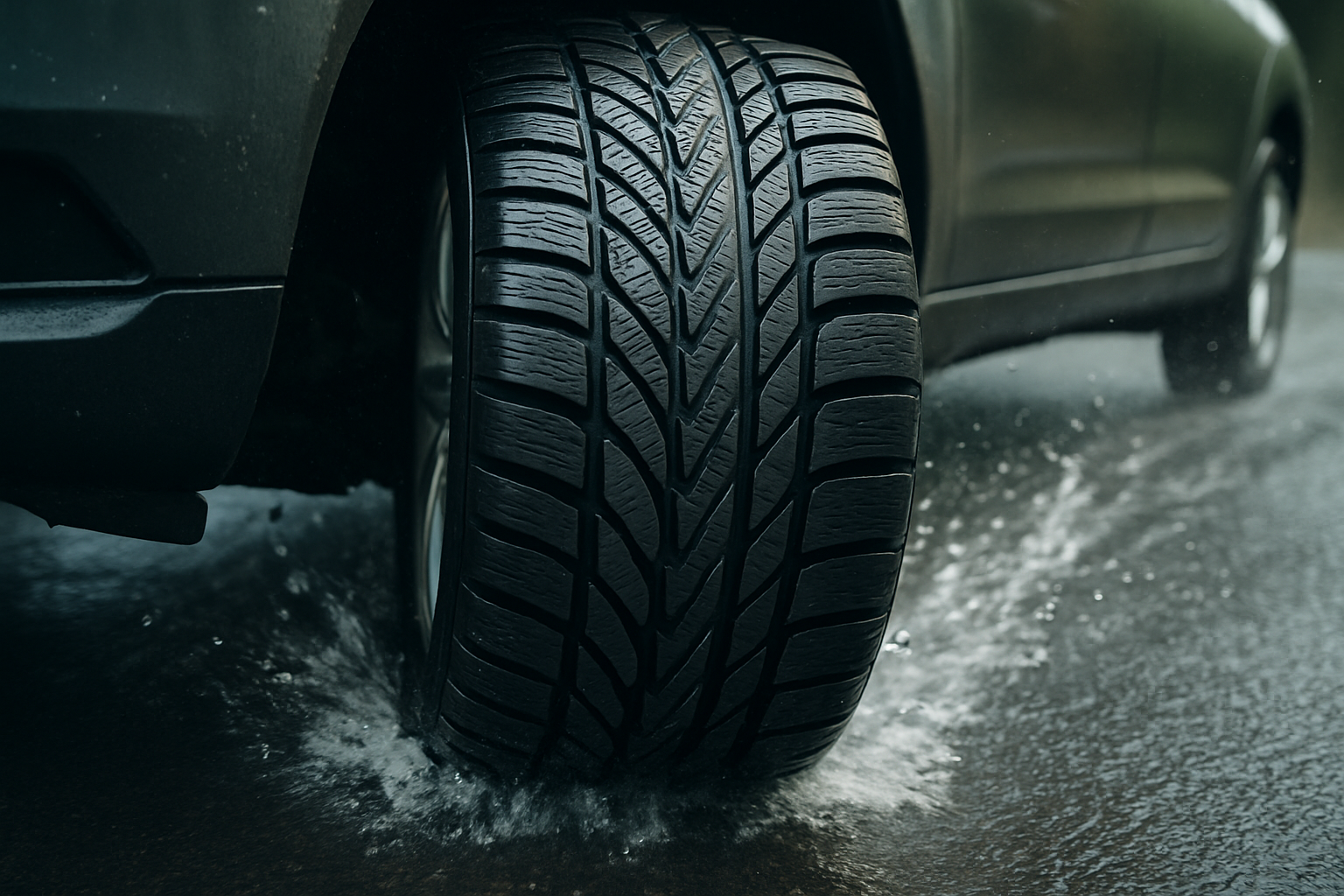Understanding Yokohama Winter Tire Pricing and Value Factors
Winter driving conditions demand specialized tires that can handle snow, ice, and freezing temperatures effectively. Yokohama has established itself as a prominent manufacturer in the winter tire market, offering various models designed for different vehicles and driving conditions. Understanding the factors that influence pricing can help consumers make informed decisions when selecting winter tires that balance performance, durability, and budget considerations.

What Determines Yokohama Winter Price Ranges?
Several key factors influence the pricing structure of Yokohama winter tires. Tire size represents one of the most significant determinants, with larger diameter and wider tires typically commanding higher prices due to increased material usage and manufacturing complexity. The specific compound technology also affects cost, as advanced rubber formulations designed for extreme cold weather performance require more sophisticated engineering and premium materials.
Tread pattern complexity plays another crucial role in pricing. Yokohama’s more advanced directional and asymmetrical tread designs, which incorporate multiple sipe configurations and specialized snow evacuation channels, generally cost more than basic symmetric patterns. Additionally, performance ratings such as speed ratings and load indices can influence final pricing, with higher-rated tires often carrying premium price points.
Yokohama Winter Price Guide
Yokohama winter tire pricing typically follows predictable ranges based on vehicle categories and performance levels. Passenger car tires generally start in the lower price segments, while high-performance and truck tires occupy higher price brackets. Entry-level models focus on basic winter traction and affordability, while premium offerings incorporate advanced technologies like multi-directional sipes and specialized rubber compounds.
Seasonal timing significantly impacts pricing strategies. Early fall purchases often present the best value opportunities, while mid-winter availability may be limited and prices elevated due to increased demand. End-of-season clearance events can provide substantial savings, though selection may be restricted to remaining inventory.
Yokohama Winter Price Insights
Market positioning influences how Yokohama prices its winter tire lineup compared to competitors. The brand typically positions itself in the mid-to-premium segment, offering competitive pricing against European manufacturers while maintaining price advantages over some premium brands. Regional factors also affect pricing, including local dealer networks, shipping costs, and regional demand patterns.
Installation and additional services can significantly impact total ownership costs. Many retailers bundle mounting, balancing, and disposal services, which can add substantial value when properly calculated. Warranty coverage and road hazard protection programs also influence overall value propositions beyond initial purchase prices.
Common Yokohama Winter Models and Price Comparison
Yokohama’s winter tire lineup includes several distinct model families, each targeting specific market segments and price points. The iceGUARD series focuses on passenger vehicles with emphasis on ice traction, while the Geolandar line serves SUV and light truck applications. Performance-oriented models like the ADVAN winter series command premium pricing due to advanced engineering and specialized compounds.
| Model Series | Vehicle Type | Price Range | Key Features |
|---|---|---|---|
| iceGUARD iG53 | Passenger Cars | $80-$180 | Advanced ice grip, quiet operation |
| Geolandar I/T-S | SUV/Light Truck | $120-$280 | All-terrain capability, durability |
| ADVAN Winter | Performance Vehicles | $150-$350 | High-speed rating, superior handling |
| BluEarth Winter | Eco-Focused | $90-$200 | Fuel efficiency, environmental focus |
Prices, rates, or cost estimates mentioned in this article are based on the latest available information but may change over time. Independent research is advised before making financial decisions.
Understanding Total Ownership Expenses
Calculating true ownership costs extends beyond initial tire purchase prices. Installation expenses typically range from $15-$45 per tire, depending on complexity and local labor rates. Balancing services add another $10-$20 per tire, while disposal fees for old tires may cost $2-$5 each.
Longevity considerations significantly impact per-mile costs. Higher-quality Yokohama winter tires may justify premium pricing through extended tread life and maintained performance characteristics. Fuel economy impacts should also be considered, as some winter tire designs can affect vehicle efficiency differently.
Storage costs for seasonal tire changes represent another ownership expense. Professional storage services typically charge $50-$100 annually, while home storage requires appropriate space and conditions. Seasonal mounting and dismounting services add recurring costs that should be factored into long-term budgeting.
Maintenance requirements including regular pressure checks, rotation schedules, and alignment considerations contribute to total ownership expenses. Proper maintenance can significantly extend tire life and optimize performance, making these investments worthwhile for most drivers.
When evaluating Yokohama winter tires, comparing total ownership costs rather than focusing solely on purchase price provides more accurate value assessments. Factors including expected mileage, driving conditions, storage arrangements, and maintenance capabilities should all influence final selection decisions.




